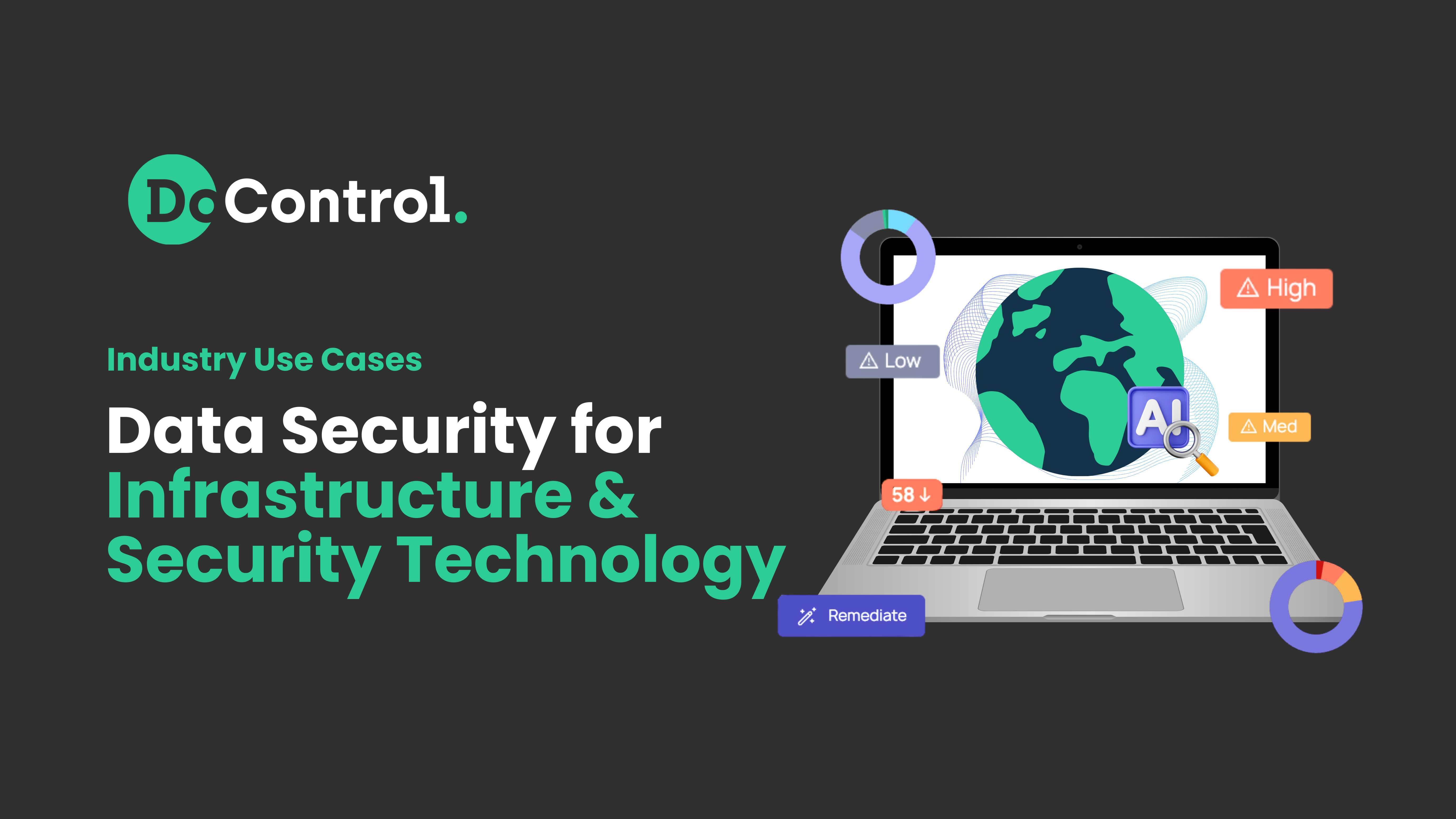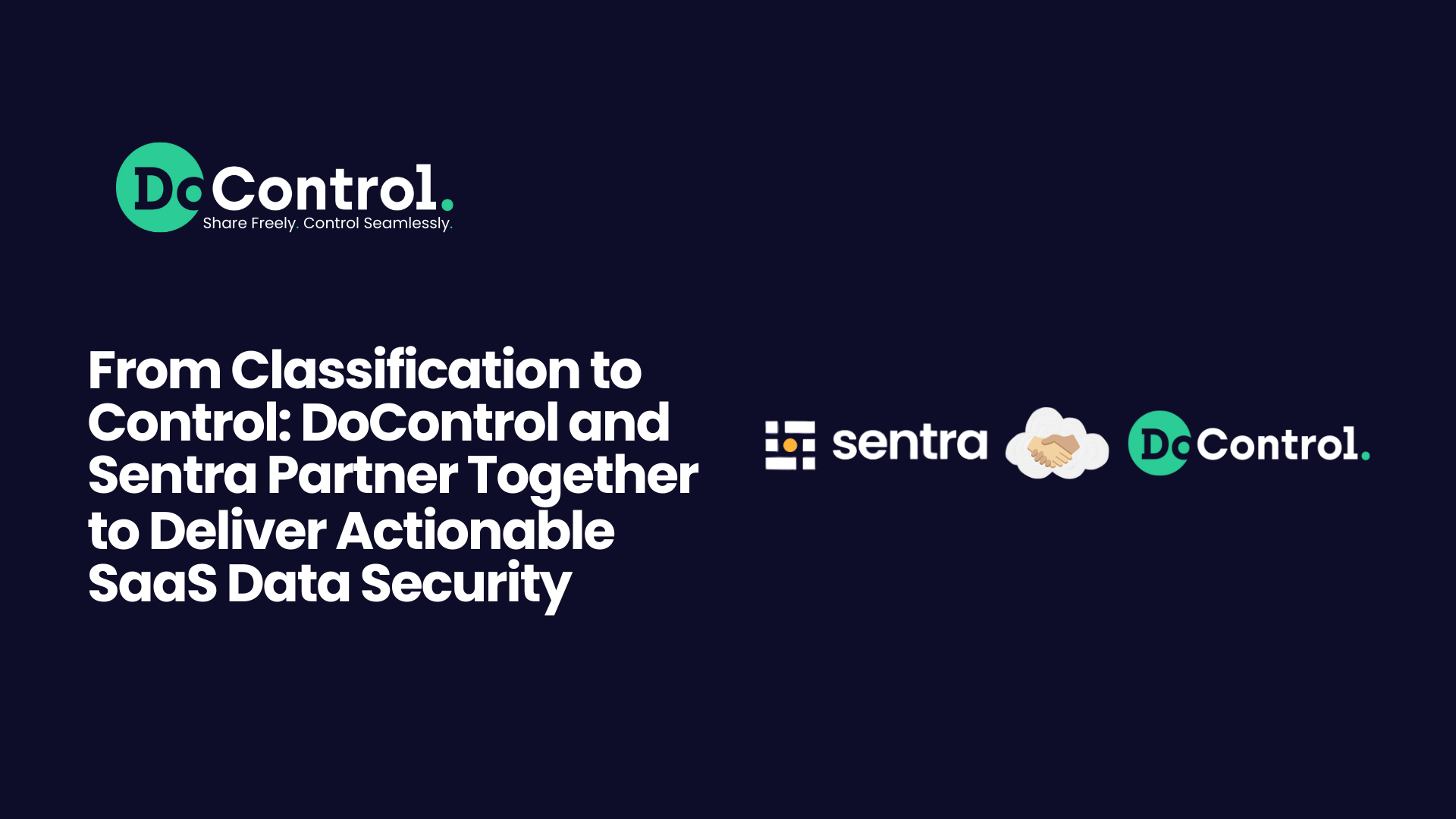
As organizations increasingly leverage cloud-based solutions, they need to prioritize comprehending and reinforcing SaaS ecosystem security.
Software as a Service (SaaS) is a cloud computing model that provides software applications over the Internet on a subscription basis. Unlike traditional software deployment models, SaaS eliminates the need for users to install, maintain, and update applications locally, offering a more agile and cost-effective solution.
What is SaaS Ecosystem Security?
SaaS ecosystem security is the comprehensive set of measures and protocols to safeguard the entire SaaS environment. This includes securing the infrastructure, data, and access points associated with SaaS applications.
While the benefits of SaaS are undeniable, the vulnerability to cyber threats within the SaaS ecosystem cannot be overlooked. The interconnected nature of cloud-based applications makes them susceptible to various security risks, including data breaches, unauthorized access, and service disruptions.
Consequently, organizations must prioritize implementing robust security measures to protect sensitive data, maintain regulatory compliance, and uphold the trust of their stakeholders.
Key Components of SaaS Ecosystem
The SaaS ecosystem comprises a sophisticated architecture pivotal to modern business operations. Its typical architecture includes three key components:
- Applications that form the user-facing layer, representing the software functionalities accessible to end-users.
- Data that serves as the foundation, housing the information processed and utilized by the applications.
- Infrastructure that acts as the backbone, providing the necessary hardware, servers, and networking components to support the entire ecosystem.
What makes the SaaS architecture particularly impactful is the interconnected nature of these components, fostering seamless communication and collaboration between applications and data within a secure and scalable environment. This interdependence ensures that the SaaS ecosystem functions cohesively, delivering the flexibility and efficiency that businesses demand in today's dynamic digital landscape.
Security Threats in the SaaS Ecosystem
The SaaS ecosystem, while transformative, is not immune to a spectrum of security threats that demand vigilant safeguarding. Key threats include:
- Data Breaches and Unauthorized Access: These pose significant risks, jeopardizing the confidentiality and integrity of sensitive information.
- Phishing Attacks and Social Engineering: Tapping into vulnerabilities in user behavior, these tactics highlight the need for robust awareness and education initiatives.
- Malware and Ransomware Threats: Ongoing threats underline the need for advanced cybersecurity measures to thwart and alleviate potential disruptions.
- Insider Threats and Data Leakage: Challenges arising from unauthorized access or data leakage within the organization.
Strategies for SaaS Ecosystem Security
Ensuring the robust security of the SaaS ecosystem requires a strategic and multi-faceted approach. Key strategies include:
- Encryption Techniques: Implementing advanced encryption methods for data in transit and at rest, safeguarding sensitive information from potential threats.
- Multi-Factor Authentication (MFA) and Access Control: Strengthening user authentication with MFA and stringent access controls to prevent unauthorized entry and protect against compromised credentials.
- Misconfiguration Protection: Providing functionality to manage and secure access to SaaS applications, detect policy violations, and offer manual and automated remediation for compliance with internal policy.
- Threat Detection and Response: Incorporating advanced threat detection and prevention mechanisms to identify and mitigate security threats. Alerts should provide actionable intelligence and potential remediation paths while avoiding alert fatigue.
- User Activity Monitoring: Crucial for detecting and mitigating insider threats, unauthorized access attempts, and suspicious behavior. User activity logs, session monitoring, and behavior analytics help identify potential security risks within the SaaS estate.
- Data Loss Prevention (DLP): Enabling organizations to monitor, detect, and prevent the unauthorized transmission or exposure of sensitive data. SaaS DLP solutions help enforce data protection policies, prevent data leakage, and ensure compliance with data privacy regulations.
- Shadow IT/Application Governance: Enforcing strong governance over shadow IT and applications, ensuring secure interoperability and centralized security management.
- Regular Security Audits and Assessments: Conducting frequent audits and assessments to proactively identify vulnerabilities and ensure compliance with evolving security standards.
- End User Engagement: Engaging with business users to find the appropriate balance between security and business enablement. This involves data access reviews, managerial approvals, application justification processes, and organizational policy violation notifications.
- Employee Training and Awareness Programs: Establishing a security-conscious culture through ongoing training initiatives, enhancing employees' ability to recognize and respond to potential threats.
- Compliance and Regulatory Support: Supporting compliance with relevant regulations, such as GDPR, HIPAA, PCI DSS, etc. Compliance features include data access controls, audit logs, data residency options, and data retention policies.
DoControl's Role in SaaS Ecosystem Security
DoControl stands at the forefront of SaaS ecosystem security, offering a multifaceted approach to mitigate risks effectively. Our commitment is evident through deploying multiple layers of security, creating a robust defense against the diverse threats prevalent in the SaaS landscape.
DoControl presents a robust suite of protective measures designed to enhance SaaS security:
- Data Access Control: Managing and monitoring access rights, sharing permissions, and determining who can access specific data.
- Data Classification (SaaS DLP): Employing advanced scanning techniques to identify and prevent leakage of sensitive data.
- Threat Detection and Response: Continuous monitoring of user activity, promptly identifying suspicious behavior and initiating swift response actions.
- Automated Security Workflows: Employing automated, customizable workflows across SaaS applications for consistent enforcement and risk remediation.
- End User Engagement: Fostering education and contextual understanding among end-users to promote security awareness.
- Shadow App Governance: Implementing governance measures for shadow applications by expanding the inventory to include non-human third-party connections, and thoroughly evaluating their permissions.
Compliance and Regulatory Considerations
Two significant regulations governing this domain include the General Data Protection Regulation (GDPR) and the Health Insurance Portability and Accountability Act (HIPAA). The GDPR, established by the European Union, provides stringent guidelines on handling personal data, emphasizing transparency, security, and accountability. On the other hand, HIPAA, a U.S. legislation, focuses on protecting sensitive patient health information.
Compliance is not just a legal obligation but a competitive advantage in the SaaS landscape. It builds customer trust, assures them that their data is handled responsibly, and protects businesses from legal repercussions.
Aligning security practices with regulatory requirements is a strategic move. It involves understanding the specific mandates of each regulation, implementing robust data protection measures, and regularly auditing these practices for compliance. Strategies may include data encryption, access controls, and incident response plans.
Vendor Security Assessments
Vendor security assessments thoroughly evaluate a SaaS vendor’s security practices, ensuring they align with your organization’s standards and the regulatory landscape.
Due diligence is key in selecting trustworthy SaaS providers. This involves assessing their security infrastructure, track record, transparency, and commitment to data protection. It’s essential to ensure that the vendor can provide a level of security that matches or exceeds your own.
Contractual considerations also play a significant role. Security agreements should clearly outline the responsibilities of both parties, including data handling practices, breach notification procedures, and liability in the event of a security incident.
Incident Response and Recovery
Establishing an effective incident response plan is a proactive measure that can significantly mitigate the impact of security incidents. This plan should detail the steps during a breach, including identification, containment, eradication, and recovery.
Timely Detection and Containment
The faster a breach is detected and contained, the less damage it can cause. This requires continuous monitoring and the use of advanced threat detection tools.
Recovery Strategies
Recovering from security incidents is equally essential. Strategies may include:
- Restoring systems from backups
- Removing threat actors from the environment
- Strengthening security measures to prevent future incidents.
Remember, recovery is about getting systems back online and learning from the incident to improve future security posture.
Adapting to Emerging Threats and Innovations
The prevalence of SaaS applications continues to grow, driven by their undeniable benefits in enhancing business agility, productivity, and cost efficiency. The global Software as a Service market is anticipated to experience a growth of 7.69% from 2023 to 2028, leading to a market size of US$374.50 billion by 2028.
Adoption rates are soaring, with 80% of businesses migrating at least a quarter of their applications to the cloud and SaaS being the most common model.
SaaS applications have become ubiquitous, offering diverse benefits across various categories such as content collaboration, communication, customer relationship management (CRM), Human Resource Information Systems (HRIS), and more. They empower organizations across all industry verticals, leading to high-volume adoption.
Security Challenges in SaaS Adoption
While the benefits of SaaS adoption are evident, the associated security challenges cannot be ignored. SaaS applications' decentralized and interconnected nature introduces complexities that demand vigilant security measures.
One of the challenges is the phenomenon of SaaS sprawl, where the increasing adoption of SaaS applications leads to a proliferation of data and applications across the organization. This presents a significant challenge in maintaining centralized security enforcement and avoiding technical debt.
Traditional CASB tools rely on proxies placed between SaaS users and cloud services. They're often hardcoded, do not address many common use cases (i.e., BYOD, contractor/vendor/business partner access, sync clients, etc.), and cannot effectively interject data access security controls that work in modern SaaS environments.
Recognizing the shortcomings of traditional CASB solutions, organizations are adopting a modern approach to securing sensitive SaaS data and files. The landscape demands dynamic, proactive solutions capable of addressing the evolving challenges of the SaaS environment.
Building a Secure Culture in the Dynamic SaaS Environment
It’s important to remember that security practices in the SaaS landscape are dynamic and constantly evolving. As new threats emerge, security measures must adapt and innovate. This requires continuous learning, vigilance, and a commitment to maintaining the highest data protection standards.
The goal is not just to meet regulatory requirements but to build a culture of security that earns customers' trust and protects the integrity of our digital infrastructure. As we navigate the complexities of the SaaS ecosystem security, let's remember that security is not a destination but a journey.



